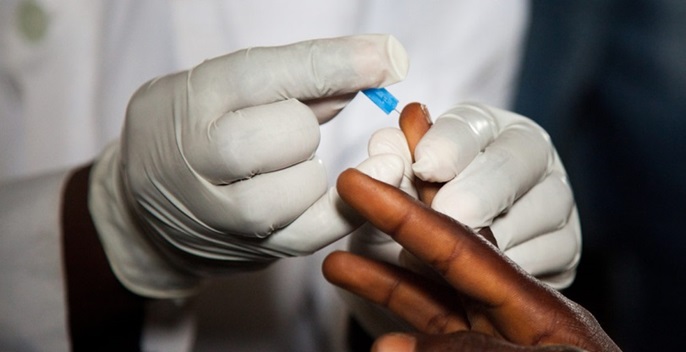
PORTABLE DEVICE FOR MOLECULAR DIAGNOSIS (PDMD)
Advantages
- The PDMD, due to its portability and size, can be used both in a specialized laboratory and in a medical consultation.
- The system is entirely configurable. Thus, it can easily be adapted to the target label molecule and measurement needs.
Goal
Industrial partners are sought to further develop the technology through a co-development and license agreement.
Patent
PCT/EP2016/75211 “Signal processing method for histogram generation, and corresponding device and use” – Priority date 22/10/2015
Reference
UBTT-0255 – “Portable device for molecular diagnosis”
Contact
José Conde
Email: jconde@fbg.ub.edu
Tel: +34 93 402 01 48
PORTABLE DEVICE FOR MOLECULAR DIAGNOSIS (PDMD)
Executive summary
A research group, with wide experience on microelectronics and on the development of measure and image system, has generated a portable device for a low-cost molecular diagnosis based on the measurement of samples’ fluorescence.
The group is looking for a license, but other collaborations may be considered.
Introduction
Molecular diagnosis is the field with the fastest growth on in-vitro diagnosis sector. Even if molecular diagnosis is just the 11% of the total diagnosis market; it holds an annual growing rate of 12%, the highest one.
Currently, although the diagnosis of infectious diseases represents the largest amount of sales in this market, the discovery and consolidation of new biomarkers has led to its expansion allowing the diagnosis of other conditions; such as Alzheimer’s, immunologic, cardiovascular and oncologic diseases and also an improved performance of blood and genetic tests.
Tools and instruments for molecular diagnosis have a large amount of final users, including hospitals, important laboratories and other clinical entities.
Even though there are more than 500 companies offering molecular diagnosis worldwide, there is an imperious need of a fast, portable and easy-to-use device.
Description
The PDMD uses the fluorescence lifetime measurement in the samples to carry out fast diagnostic tests through label detection.
The fact that digital processing electronics are implemented in a FPGA gives great adaptability to this device. The results are shown as a histogram constructed within the FPGA and can then be read through USB-Serial connection or shown directly in to embedded display.
The invention of such a device aims to achieve an extremely quick diagnosis without needing digital post-processing, which results on a lower power consumption, all within a miniaturized solution.
Current stage of development
A prototype has been designed and built for molecular diagnosis.

